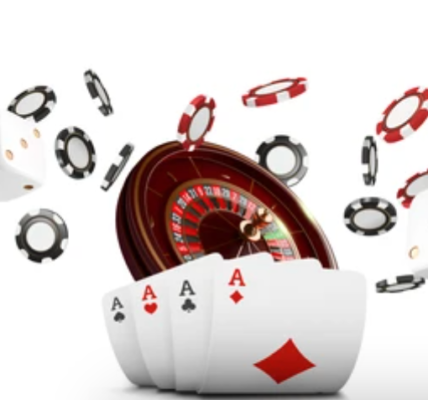Poker, a game of skill, strategy, and psychological warfare, is renowned for its intriguing element of bluffing. The art of bluffing, a tactic where players misrepresent the strength of their hand, can turn the tide of a game and create opportunities for victory even when holding weaker cards. Bluffing is not merely a deceptive act; it is a calculated maneuver that involves reading opponents, understanding the dynamics at the table, and strategically manipulating the perception of one’s own hand.
In this article, we will explore the art of bluffing in poker, its strategic significance, psychological aspects, common bluffing techniques, and the delicate balance between risk and reward that defines this captivating element of the game.
Understanding Bluffing in Poker: Bluffing in poker involves making bets or taking actions that aim to deceive opponents into believing that your hand is stronger or weaker than it actually is. By skillfully executing a bluff, players can influence their opponents’ decision-making processes, potentially forcing them to fold better hands or call with weaker hands. Bluffing is a calculated risk that requires a thorough understanding of the game, observation skills, and the ability to read opponents.
Strategic Significance of Bluffing: Bluffing serves multiple strategic purposes in poker. It allows players to win pots without having the best hand, disrupt opponents’ confidence, and build an unpredictable image at the table. Well-timed bluffs can also be used to extract additional chips from opponents when holding a strong hand. Bluffing is an essential tool in a player’s arsenal, helping to shape the dynamics of the game and create opportunities for strategic maneuvering.
Psychological Aspects of Bluffing: Bluffing in poker is as much about psychology as it is about the cards. It exploits the inherent human tendencies to avoid confrontation, fear loss, or seek validation. Skilled bluffers leverage these psychological factors by carefully observing opponents’ behaviors, detecting signs of weakness or strength, and tailoring their bluffing strategies accordingly. Understanding and manipulating the psychological dynamics at the table is key to successful bluffing.
Key Considerations for Successful Bluffing:
- Table Image: Building a solid table image is essential for effective bluffing. Players who have established a tight and conservative image are more likely to succeed in bluffing situations, as their opponents are more inclined to believe their strong hand representations.
- Timing and Observation: Bluffs should be executed at the right moments. Timing is crucial, and observing opponents’ betting patterns, tendencies, and reactions can provide valuable insights into their hand strength. Bluffs are most effective when they align with the flow of the game and exploit opponents’ vulnerabilities.
- Bet Sizing: The size of a bluffing bet is a delicate balance. It should be substantial enough to appear credible and force opponents to fold, but not so large that it becomes irrational or suspicious. Careful consideration of the pot size, stack sizes, and the dynamics of the hand is essential in determining the appropriate bet sizing.
- Image Maintenance: Consistency is vital when bluffing. Players must maintain a consistent betting pattern throughout the game to avoid giving away the strength or weakness of their hand. Deviating from established patterns can raise suspicions and undermine the effectiveness of bluffing strategies.
Bluffing is an integral part of poker strategy, allowing players to transcend the limitations of their cards and exert control over the game. Mastering the art of bluffing requires a combination of strategic thinking, psychological acuity, and a deep understanding of opponents and table dynamics. By honing these skills, players can become formidable adversaries, capable of leveraging bluffing to their advantage and dominating the poker table.
However, bluffing should always be approached with caution and adapted to the specific context of the game. Remember, bluffing is a high-risk, high-reward tactic that should be used judiciously and with careful consideration.












